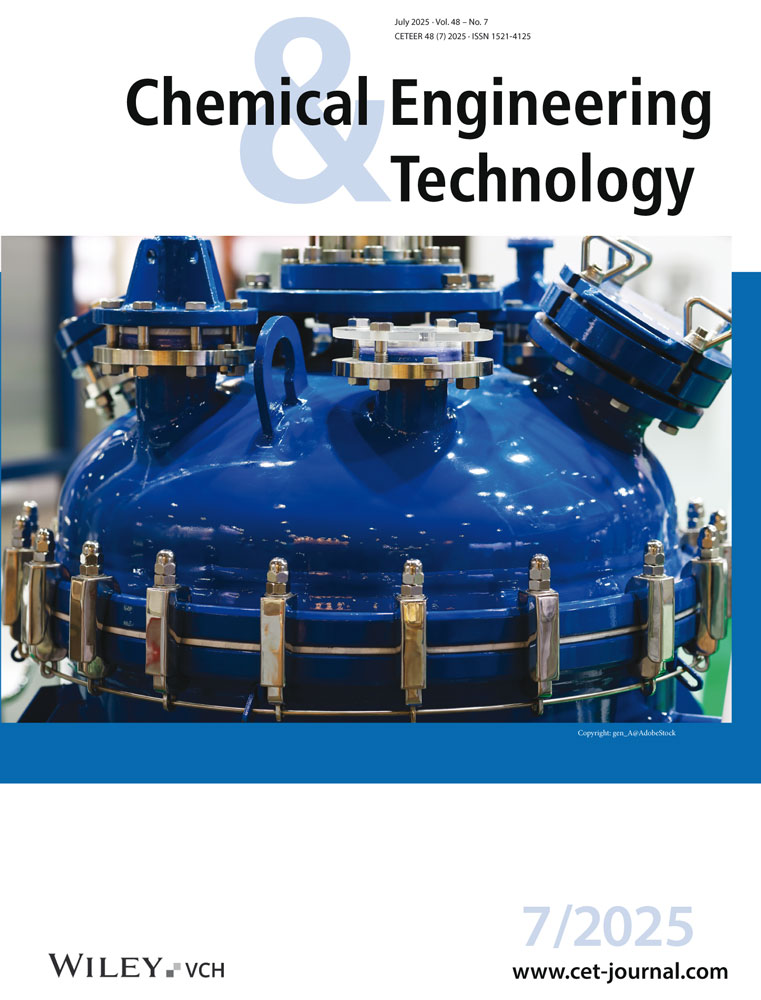Multi-Slip Effect on the Radiative Micropolar Williamson Hybrid Nanofluid Flow on a Rotating Frame
Abstract
This study examines multiple-slip behavior in a micropolar Williamson hybrid nanofluid with an exponential heat source and inertial drag in a rotating system. Thermal radiation and medium permeability influence the flow characteristics. Velocity and thermal slip account for boundary-layer separation in the pseudoplastic hybrid nanofluid, whereas Darcy–Forchheimer inertial drag models’ porous medium resistance. The transformed model obtained for the exploitation of similarity rules and the model is handled numerically employing Runge–Kutta fourth-order shooting technique. The important outcomes of the study are increasing density of the hybrid nanofluid for the inclusion of one or more nanoparticles augments the velocity of the hybrid nanofluid in comparison to the nanofluid and the base fluid. Further, fluid temperature enhances for the increasing heat source, whereas reverse trend is measured for the illustration of sink.




